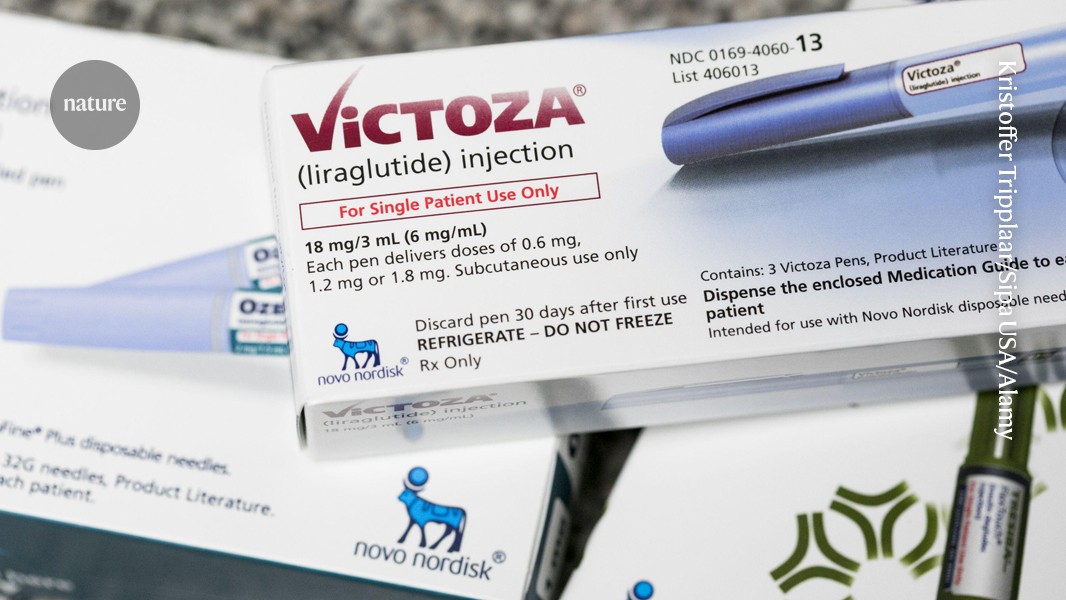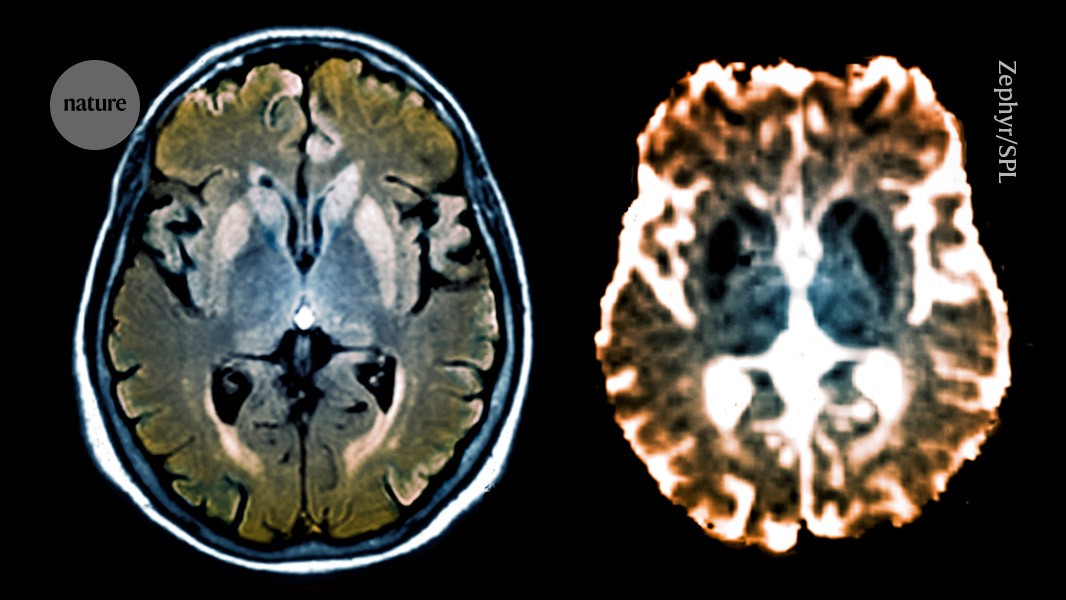
This Is How Electronic Ignition Works And Also How To Make A Spark Plug Play Music
Recently, while texting with my friend Roger, he and I both realized that, despite both of us having owned cars with electronic ignition, we didn’t really know how spark plugs works, at least not beyond the broadest strokes of “Ignition make spark. Spark make fire. Fire make engine go.” We decided to dig deeper and find out.
In the dark ages before electronics became cheap, ubiquitous, and ruined our attention spans while tearing our social fabric asunder, ignition systems were electromechanical, and at their heart was the distributor. These electromechanical devices are responsible for helping the ignition coil generate sparks and for directing the sparks to the appropriate cylinders.
Since not everyone reading this is going to be familiar with how distributor-based ignition systems work, let’s briefly go through it. As you probably know, the fuel-air mixture that enters the cylinders of a gasoline engine is ignited by high-voltage sparks jumping across the electrodes on the ends of the spark plugs that protrude into the cylinders. The high voltage necessary for those sparks is generated by the ignition coil, a small transformer that turns the 12 volts from the car’s battery into many thousands of volts.
Since ignition timing is vitally important to the efficient operation of an engine, the system needs something that will trigger the ignition coil to generate sparks at just the right moment in the engine’s cycle. That’s where the distributor comes in.



















